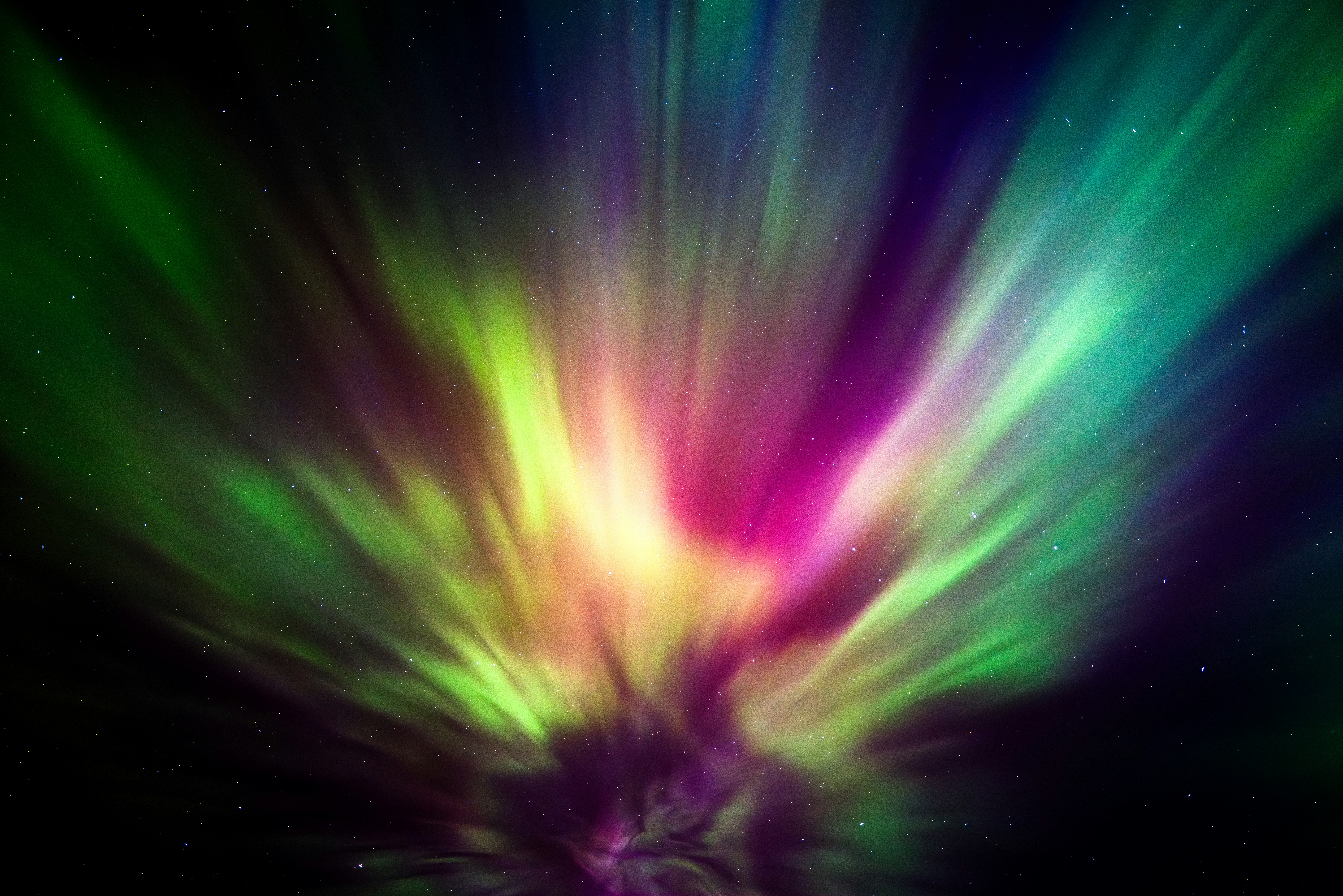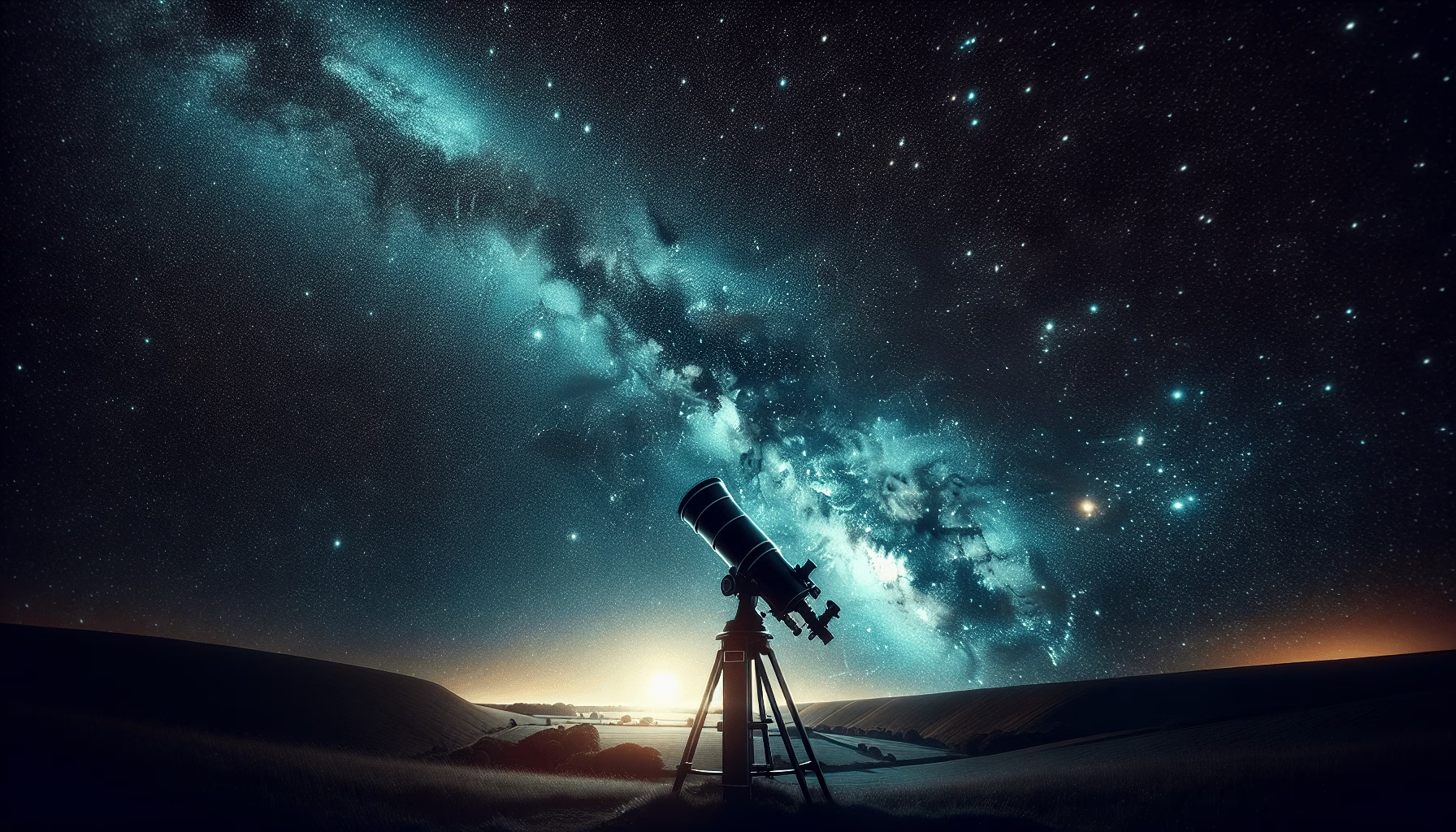Have you ever looked up at the night sky and wondered about the techniques involved in observing stars more intricately? Amateur astronomers often find themselves captivated by the vastness of the universe, yearning to explore celestial wonders in greater detail. This comprehensive guide delves into advanced star observation techniques that can transform a stargazing hobby into a profound astronomical endeavor. By understanding these methods, enthusiasts can expand their knowledge and appreciation of the cosmos.
Table of Contents
The Evolution of Star Observation
Historical Context of Star Observation
From the ancients who used rudimentary tools to gauge the heavens to the invention of the telescope, the pursuit of understanding the stars has been a timeless endeavor. Initially, people used the naked eye alongside basic astronomical instruments such as astrolabes and armillary spheres to map stars. By the 17th century, the introduction of the telescope revolutionized astronomical observation, significantly enhancing the ability to explore distant celestial objects.
Current Trends in Amateur Astronomy
Today, amateur astronomers benefit from technological advancements that previous generations could only dream of. The popularity of smart telescopes, which integrate GPS systems and star-mapping software, has surged, making it easier for enthusiasts to locate and identify celestial bodies. Moreover, the rise of online platforms and communities allows astronomers to share observations and data, further enriching their knowledge and skills.
Fundamental Concepts in Advanced Star Observation
Key Terminology for Amateur Astronomers
Understanding the language of astronomy is a precursor to mastering advanced observation techniques. Terms such as “magnitude” (brightness of celestial bodies), “declination” (a celestial object’s angular distance north or south of the celestial equator), and “right ascension” (the celestial equivalent of longitude) are fundamental to maneuvering through star charts and coordinates.
Tools and Instruments
Advanced observation requires an arsenal of tools beyond the standard telescope and tripod. Accessories like equatorial mounts, which compensate for Earth’s rotation, are paramount for tracking stars with precision. Additionally, filters to reduce light pollution and enhance specific wavelengths of light can reveal otherwise invisible features of stars and planets.

Advanced Techniques for Observing Stars
Astrophotography: Capturing Celestial Wonders
Astrophotography merges art with science, allowing astronomers to capture the night sky’s splendor. Techniques involve using long exposure settings to gather light from distant stars, planets, and galaxies. Cameras mounted on telescopes enable the capturing of detailed images that can later be processed using software to enhance clarity and detail.
Spectroscopy: The Science of Light
Spectroscopy involves analyzing the light emitted or absorbed by stars, providing insights into their composition, temperature, and motion. Utilizing a spectrometer, amateur astronomers can decipher spectral lines to make deductions about a star’s chemical makeup and radial velocity.
Star Tracking: Precision in Movement
Accurate star tracking is crucial for long-term study and astrophotography. Utilizing polar alignment minimizes tracking errors caused by the Earth’s rotation. Modern star trackers, often integrated with software, provide automation coupled with precision, allowing amateurs to follow stars smoothly over extended periods.
Case Studies in Advanced Observation
The Hubble Deep Field: A Window into the Universe
The Hubble Deep Field observations provide a prime example of the potential revelations from advanced observation techniques. By observing a minuscule region of the sky for an extended period, astronomers unveiled thousands of galaxies, highlighting the universe’s immensity and complexity.
Amateur Contributions to Star Surveys
Amateur astronomers have significantly contributed to star surveys and discoveries. Efforts such as the citizen science project “Galaxy Zoo” invite amateurs to classify galaxies based on images from space telescopes, leading to numerous discoveries and the refinement of astronomical theories.

Comparing Techniques: Astrophotography vs. Spectroscopy
| Technique | Applications | Equipment Needed | Required Skills |
|---|---|---|---|
| Astrophotography | Artistic captures, documentation | Camera, telescope, mounts | Photography skills, image processing |
| Spectroscopy | Compositional analysis | Spectrometer, computer | Understanding of spectral analysis, data interpretation |
Both methods offer unique insights into star observation, with astrophotography focusing more on visual appeal and documentation, while spectroscopy provides scientific data analysis.
Impact Assessment of Advanced Observation Techniques
Influence on Astronomy
Advanced techniques have deepened the understanding of phenomena such as stellar evolution, informing both amateur and professional astronomers. Detailed observation has helped to refine theoretical models, assess celestial dynamics, and predict cosmic events.
Contributions to Society
The growing access to advanced astronomical methods has catalyzed educational and outreach activities, sparking public interest and inspiring new generations to pursue careers in the sciences.

Future Directions in Amateur Astronomy
Emerging Technologies
Looking forward, emerging technologies such as augmented reality (AR) and machine learning promise to further democratize astronomical exploration. Enhanced reality overlays could provide real-time data on celestial bodies, while AI-driven analysis could streamline data interpretation.
Implications for Amateur Astronomers
The integration of these technologies means that sophisticated observation will become even more accessible, allowing amateurs to conduct research previously reserved for professionals.
Conclusion
Advanced star observation techniques empower amateur astronomers, enriching their celestial exploration and understanding. Through tools like astrophotography and spectroscopy, enthusiasts can deepen their engagement with astronomy, contributing valuable insights to the field. As advancements continue to shape the domain, the boundaries between amateur and professional astronomy blur, offering exciting possibilities for future exploration. What celestial wonders will you uncover with these advanced methods?

Want to learn how to stargaze? Here’s how to get started in 12 easy steps
